1. A Forgotten Chapter in History

The Bronx Zoo is known today as a place of conservation and education, but few people realize that in the early 20th century, it was home to a shocking and deeply unethical exhibit. Hidden behind its legacy of wildlife preservation is a disturbing event that, for decades, many would rather forget. In 1906, the zoo put a human being on display, treating him as an attraction rather than a person. This wasn’t just an isolated incident—it reflected the racist ideologies and pseudo-scientific beliefs that were alarmingly common at the time.
The exhibit centered around Ota Benga, a Congolese man who had been brought to the United States under false pretenses. Instead of finding opportunity or freedom, he was placed in a cage in the zoo’s primate exhibit, displayed alongside monkeys and apes. It was an act so dehumanizing that even in an era of widespread racial discrimination, some people recognized it as cruel. But despite the outcry, the exhibit continued for weeks, drawing thousands of curious spectators who saw nothing wrong with what was happening.
2. How Ota Benga Ended Up at the Bronx Zoo
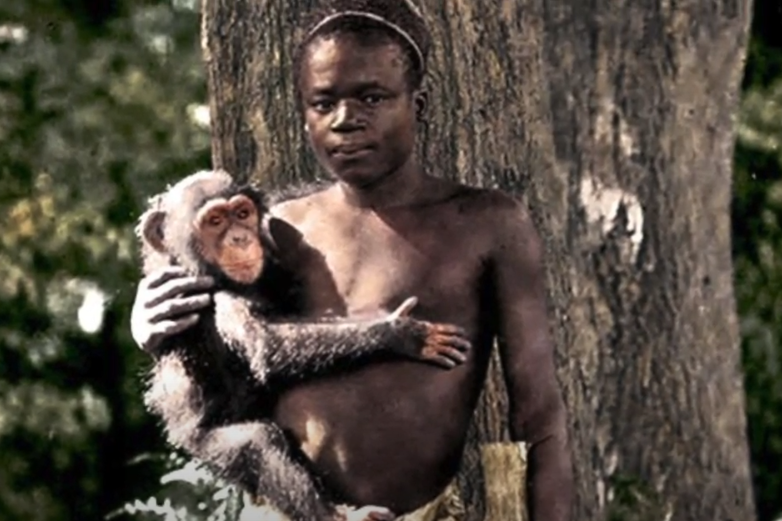
Ota Benga’s story is one of betrayal and exploitation. His journey to the Bronx Zoo began when he was captured and sold by European colonists in the Congo. His entire village had been destroyed in a brutal raid, and he was taken as a prisoner before being handed over to an American businessman. That man, Samuel Verner, claimed to be on a mission to “study” indigenous people, but in reality, he was participating in human trafficking under the guise of anthropology.
Verner transported Benga and several other individuals to the United States, where they were displayed at the St. Louis World’s Fair in 1904. The so-called “exhibit” portrayed them as primitive and inferior, reinforcing harmful racial stereotypes. When the fair ended, Benga expected to return home, but instead, he was taken to New York. What happened next would only add to the cruelty he had already endured—he was handed over to the Bronx Zoo, where he became an even more grotesque spectacle.
3. The Zoo’s Justification for the Exhibit
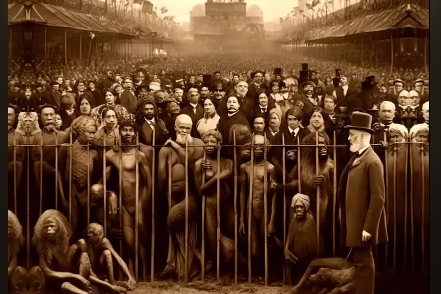
At the time, those in charge of the Bronx Zoo justified the exhibit by claiming it was an educational display. The director of the zoo, William Hornaday, believed that putting Ota Benga in a cage alongside primates would provide insight into human evolution. It was a deeply racist belief, rooted in the pseudo-scientific idea that non-white people were closer to animals than to Europeans. Hornaday showed no remorse and even defended the display when criticized, insisting that Benga was being well cared for.
What made the situation even worse was that many of the zoo’s visitors didn’t see anything wrong with it. Crowds gathered daily to gawk at Benga, pointing and laughing at him as if he were no different from the animals surrounding him. Newspapers covered the exhibit without much outrage, treating it as a strange curiosity rather than an atrocity. Though some religious leaders and Black activists condemned the display, it took weeks before the public pressure became too much for the zoo to ignore.
4. The Public Backlash and His Release
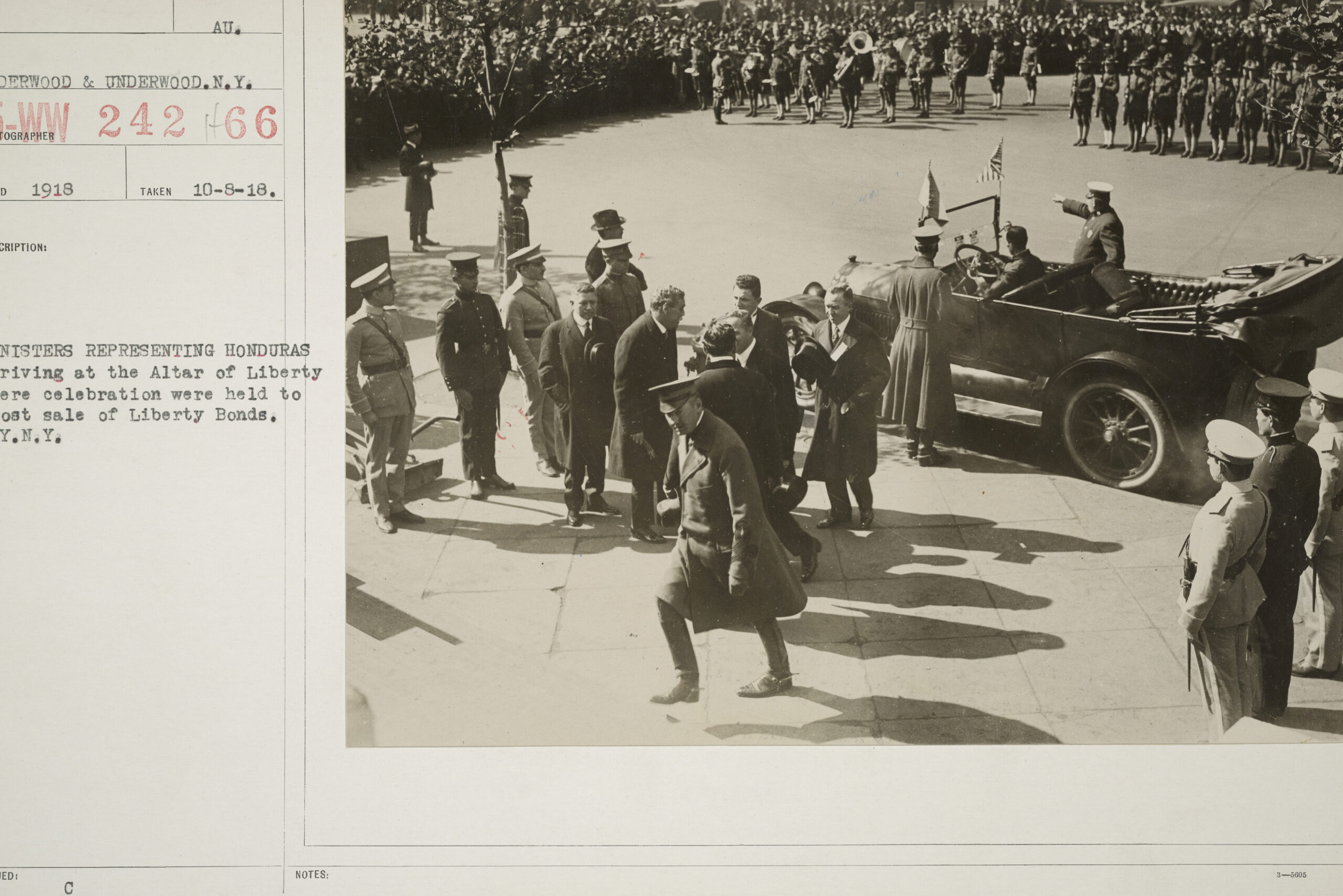
Despite widespread indifference, a handful of people spoke out against Ota Benga’s treatment. Black ministers in New York, along with a few concerned citizens, began campaigning for his release. They saw the exhibit for what it was—an inhumane and degrading spectacle that had no place in a civilized society. Eventually, the pressure mounted, and after weeks of being treated as an exhibit, Benga was finally removed from the zoo.
But freedom didn’t bring him the justice or peace he deserved. After his release, Benga was placed in an orphanage, and while he was no longer in a cage, his life remained difficult. He struggled to adjust to American society and was constantly reminded that he was an outsider. Even when people tried to help him, they often did so in ways that stripped him of his culture and identity. The trauma of his experiences weighed heavily on him, making it impossible to find true happiness.
5. A Life Marked by Trauma
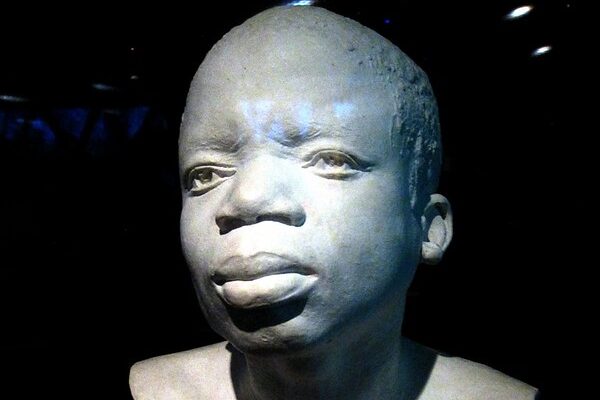
Ota Benga’s life after the Bronx Zoo was a tragic one. Though he was no longer a public spectacle, the emotional scars of his time in captivity never faded. He was moved to Virginia, where well-meaning but misguided caretakers attempted to “civilize” him by forcing him into Western clothing and customs. He tried to adapt, even working at a tobacco factory for a time, but the isolation and sadness of his past haunted him.
As the years went on, his longing to return to Africa grew stronger, but the opportunity never came. World War I made travel impossible, and as time passed, he realized he might never see his homeland again. The weight of his past, combined with the hopelessness of his future, became too much to bear. In 1916, just ten years after being exhibited like an animal, Ota Benga took his own life. He was only 32 years old.
6. The Bronx Zoo’s Silence on the Tragedy

For decades, the Bronx Zoo remained largely silent about what had happened to Ota Benga. There was no official apology, no memorial, and no acknowledgment of the harm that had been done. The incident was quietly buried, treated as an uncomfortable footnote rather than an important lesson. It wasn’t until the late 20th century that historians and activists began uncovering the full details of Benga’s story, bringing it back into public consciousness.
Even today, the zoo rarely speaks about its dark past. While institutions around the world have reckoned with their histories of exploitation and racism, the Bronx Zoo has done little to confront its role in one of the most shameful chapters in American history. Only in recent years have efforts been made to educate people about Ota Benga’s story, but for many, the lack of accountability is a painful reminder of how easily history can be erased.
7. A Story That Must Be Remembered
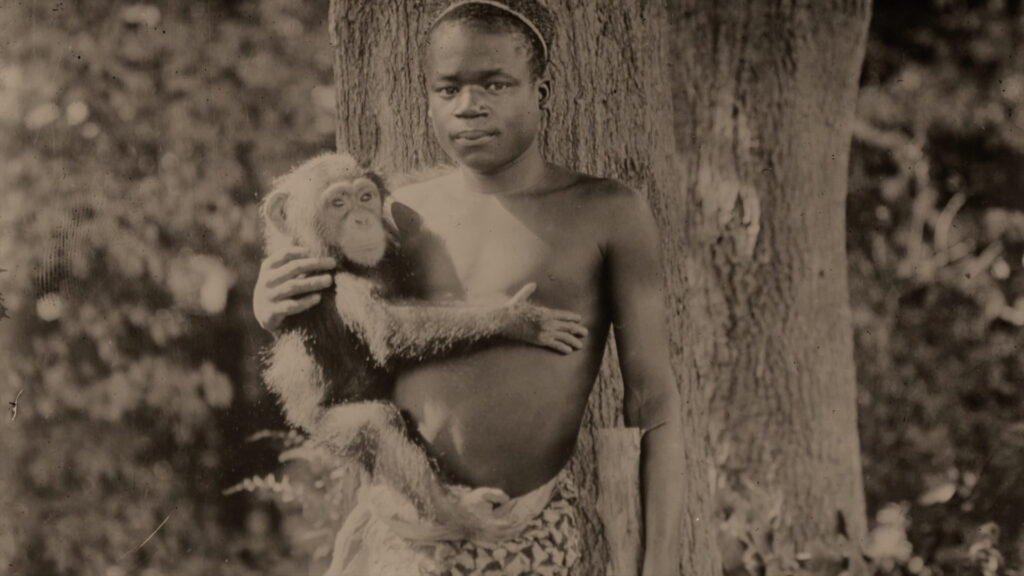
The story of Ota Benga is not just about one man’s suffering—it’s about the dangers of dehumanization, racism, and the unchecked power of institutions. It serves as a reminder that scientific curiosity and public entertainment should never come at the cost of human dignity. Though it may be uncomfortable, acknowledging the past is necessary to ensure that such injustices are never repeated.
Today, efforts are being made to honor Benga’s memory, with historians and activists working to preserve his story. His tragic fate highlights the long history of racism in both science and entertainment, and understanding his experiences helps shed light on the injustices that still exist today. Though he was once displayed as something less than human, history must remember him for what he truly was—a man who deserved far more than the world gave him.
8. The Role of Eugenics in the Exhibit

One of the most disturbing aspects of Ota Benga’s exhibition was how deeply it was tied to eugenics—the now-discredited belief that some races were genetically superior to others. In the early 1900s, eugenics was widely accepted among scientists, politicians, and intellectuals who sought to justify racial discrimination under the guise of “science.” Benga’s placement in a zoo was not just an act of cruelty; it was part of a larger effort to reinforce the idea that non-European people were primitive and less evolved.
This toxic ideology shaped many aspects of society, from immigration policies to forced sterilization programs. The fact that a major zoo participated in this dehumanization highlights just how ingrained these beliefs were. While eugenics has been widely discredited, its legacy remains. The same prejudices that once justified treating a man like an animal still echo in today’s conversations about race, intelligence, and human worth. Ota Benga’s story serves as a reminder of how dangerous pseudoscience can be when used to justify inequality.
9. How the Exhibit Reflected Society’s Racism
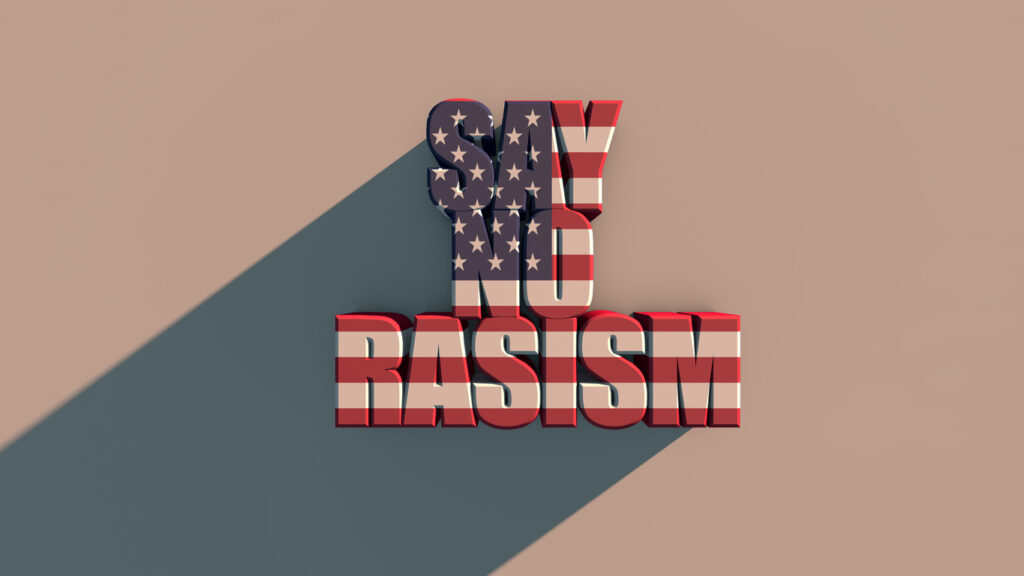
The fact that thousands of people visited the exhibit without protest speaks volumes about the racial attitudes of early 20th-century America. At the time, segregation was the law in many parts of the country, and racist ideas were not just tolerated but actively promoted in education, media, and politics. The idea that a Black man could be displayed in a zoo alongside primates did not shock most visitors—instead, it fit into their existing worldview.
Even the newspapers that reported on Ota Benga’s captivity failed to grasp the horror of the situation. Many articles described him in demeaning terms, emphasizing his “exotic” nature rather than his humanity. It wasn’t until Black religious leaders in New York spoke out that the exhibit faced any serious opposition. This incident shows how deeply ingrained racism was at the time and serves as a stark reminder of how societal norms can make even the most horrifying injustices seem acceptable.
10. The Psychological Toll on Ota Benga
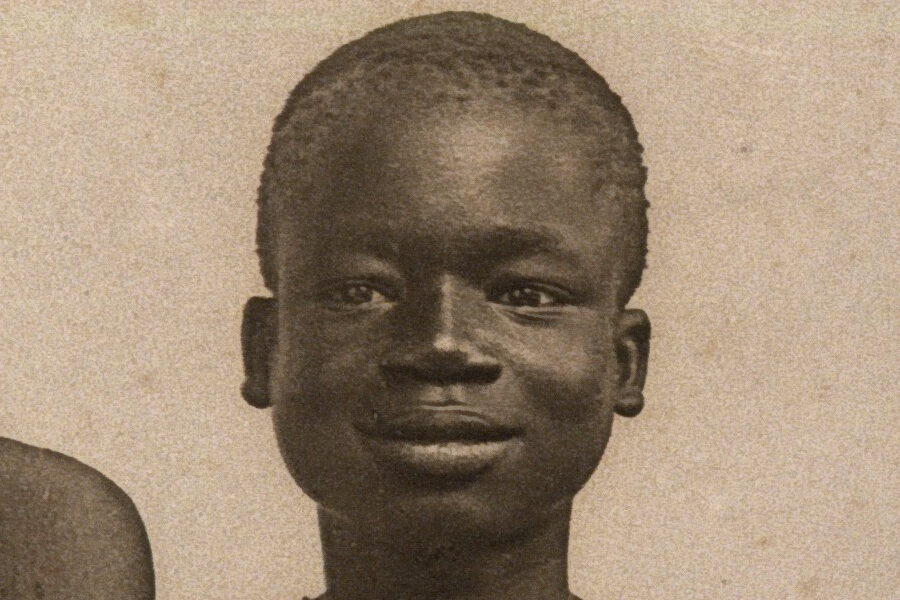
While much of the focus is on the public outrage and historical significance of the exhibit, little attention is given to what Ota Benga himself endured. Imagine being torn from your homeland, paraded as a curiosity, and treated as less than human. The trauma he experienced was immeasurable. Even after he was removed from the zoo, he remained a man without a home, constantly reminded that he did not belong.
Despite attempts to integrate into American society, Benga struggled with deep depression. He longed to return to Africa, but systemic barriers made that impossible. Without support, without recognition of his suffering, and without hope for a better future, he made the heartbreaking decision to end his life. His story is a tragic example of how psychological trauma, compounded by systemic racism, can leave scars that never heal.
11. The Zoo’s Defenders and Their Arguments
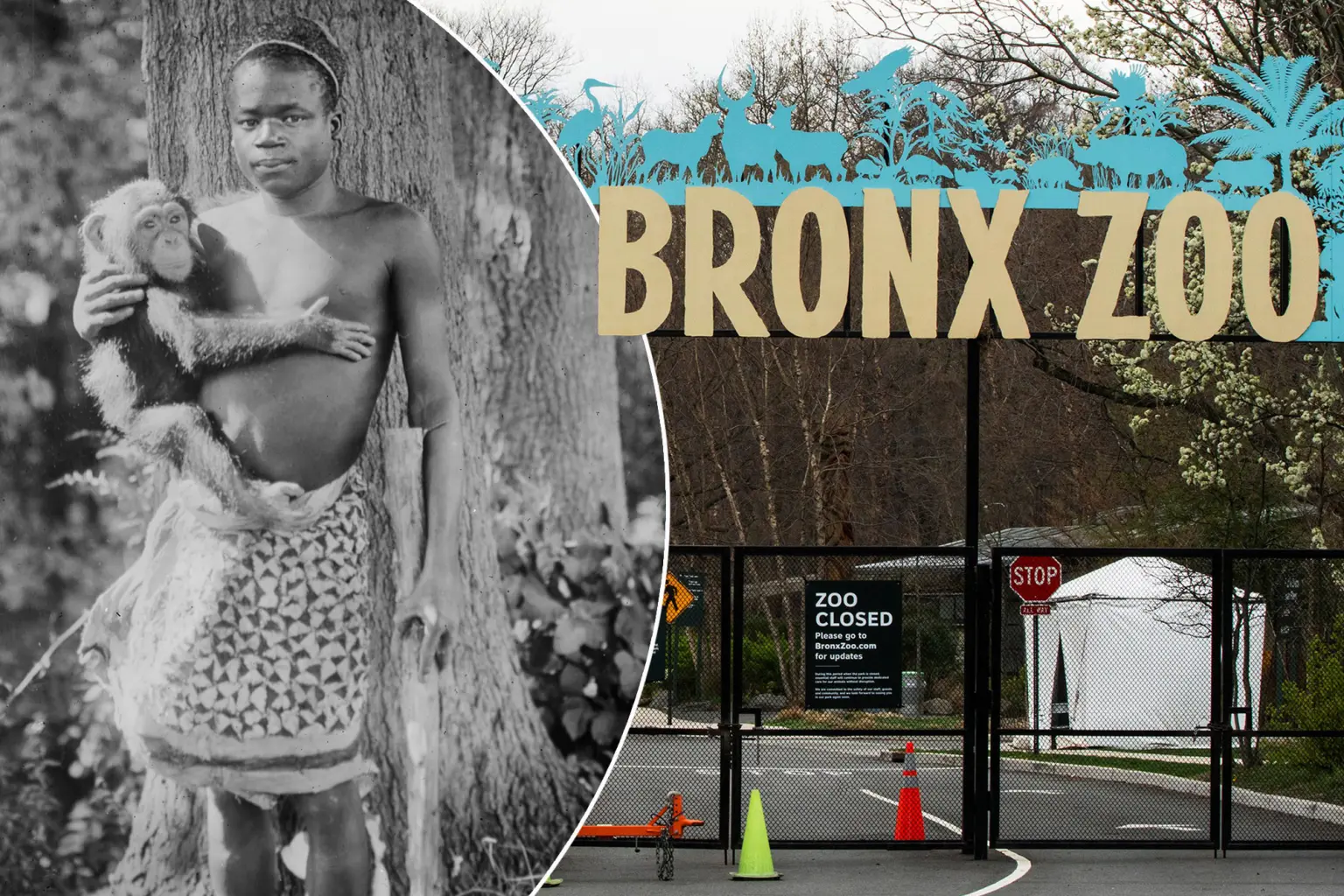
At the time, not everyone saw the exhibit as an atrocity. Many zoo officials, scientists, and members of the public defended the decision to display Ota Benga, arguing that it was an opportunity for education. Some claimed that he was being treated well, receiving food and shelter, and that he was participating willingly—despite clear evidence that he had no choice. Others used the exhibit as proof of racist pseudoscience, arguing that non-European people were naturally “inferior.”
These justifications mirror the same excuses used throughout history to defend human rights violations. Whether it was slavery, colonialism, or segregation, oppressors often claimed that they were acting in the best interest of those they were harming. Looking back, it’s easy to see how absurd these arguments were, but at the time, they were widely accepted. The Bronx Zoo exhibit is a reminder of how dangerous it is to let dehumanization go unchecked, even when it’s disguised as education or entertainment.
12. What Happened to the People Responsible
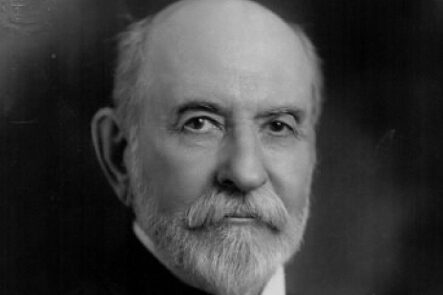
Despite the public outcry, none of the key figures responsible for Ota Benga’s suffering faced consequences. William Hornaday, the zoo’s director, continued his career without any major backlash. In fact, he was celebrated as a pioneering conservationist, and many of his contributions to the field of wildlife preservation are still recognized today. His role in the exhibit was largely forgotten, allowing him to maintain a reputation as a respected scientist.
Samuel Verner, the man who brought Benga to America, also avoided accountability. While he later claimed that he had good intentions, his actions tell a different story. He profited from human exploitation, and despite his insistence that he tried to help Benga, he played a direct role in his suffering. The fact that these men faced no consequences speaks to how little society valued the dignity of the people they harmed. It also raises important questions about how we remember historical figures—should their positive contributions erase their moral failings?
13. How the Story Was Almost Erased
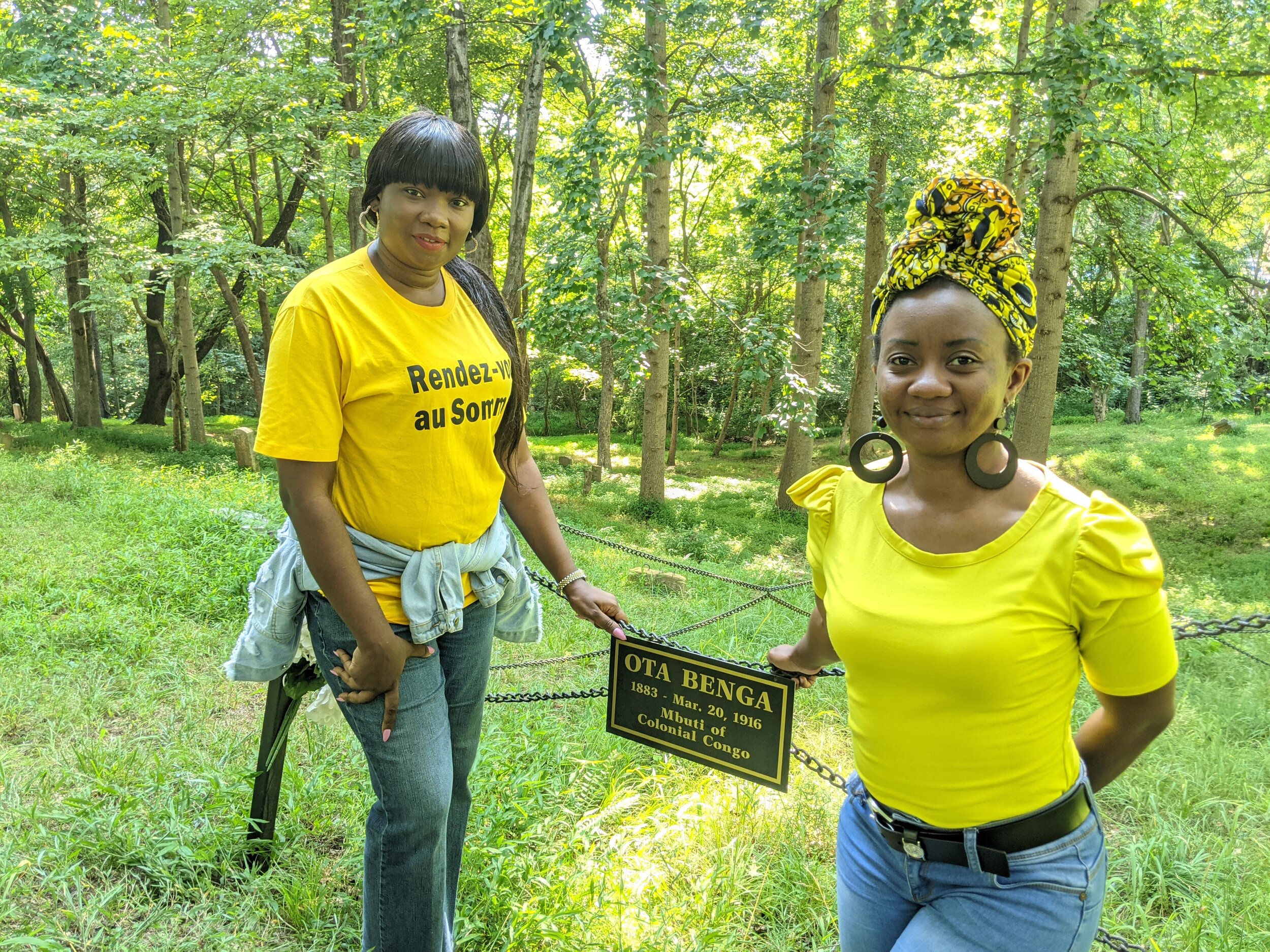
For decades, Ota Benga’s story was largely ignored. It was an uncomfortable chapter in American history, and many institutions, including the Bronx Zoo, preferred to pretend it never happened. Textbooks rarely mentioned it, and public discussions about the incident were almost nonexistent. If not for the efforts of historians and activists, his story might have been completely lost.
The fact that this event was nearly erased from history is troubling but not surprising. Many uncomfortable truths about racism, exploitation, and human rights violations have been downplayed or omitted over time. That’s why it’s so important to continue telling these stories—to ensure that the mistakes of the past are not repeated. Remembering Ota Benga is not just about acknowledging one man’s suffering; it’s about recognizing the broader systems of oppression that allowed it to happen.
14. The Bronx Zoo’s 2020 Statement
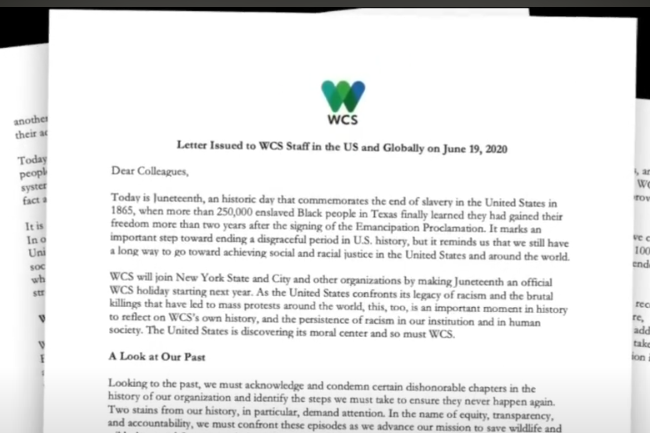
It wasn’t until 2020—more than a century after the incident—that the Bronx Zoo finally acknowledged its role in Ota Benga’s exploitation. The Wildlife Conservation Society, which oversees the zoo, issued a statement expressing regret over the exhibit and the organization’s past involvement in racist practices. While the statement was an important step, it came far too late, and many felt it lacked true accountability.
A simple acknowledgment, while necessary, does not erase the harm that was done. The statement did not include a formal apology, nor did it address the broader impact of the exhibit on racial perceptions and scientific racism. Critics argue that if the zoo truly wanted to make amends, it would go beyond words—perhaps by creating a permanent memorial for Ota Benga or supporting initiatives that address racial injustice. Words alone cannot undo history, but actions can help ensure that similar injustices never happen again.
15. What We Can Learn from Ota Benga’s Story
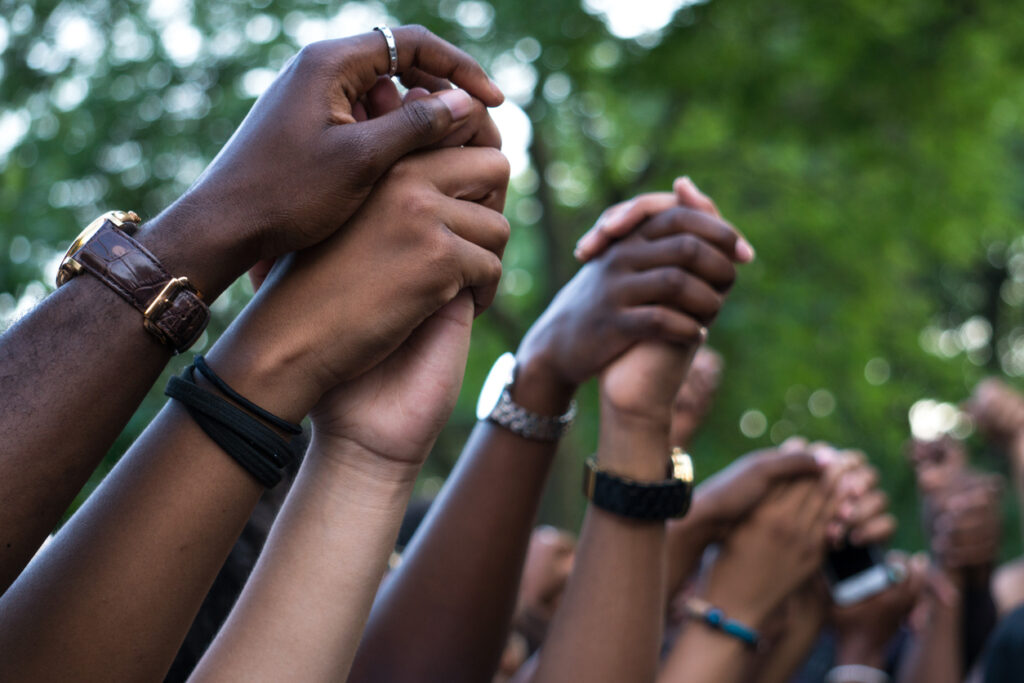
Ota Benga’s story is a painful but necessary lesson about the consequences of dehumanization. His life was stolen from him, not just by the people who physically placed him in a cage, but by an entire society that allowed it to happen. His story forces us to ask difficult questions about our past and how we continue to treat marginalized communities today. Are there still people being exploited under the guise of education or entertainment? Are we still ignoring the suffering of others simply because it is convenient?
The world has changed since 1906, but echoes of Ota Benga’s story remain. Whether it’s the treatment of indigenous groups, racial inequality, or the exploitation of vulnerable populations, the lessons of his life are still relevant. By remembering his story and confronting the uncomfortable truths of history, we take a step toward creating a world where no one is ever treated as less than human. That is the legacy he deserves.


